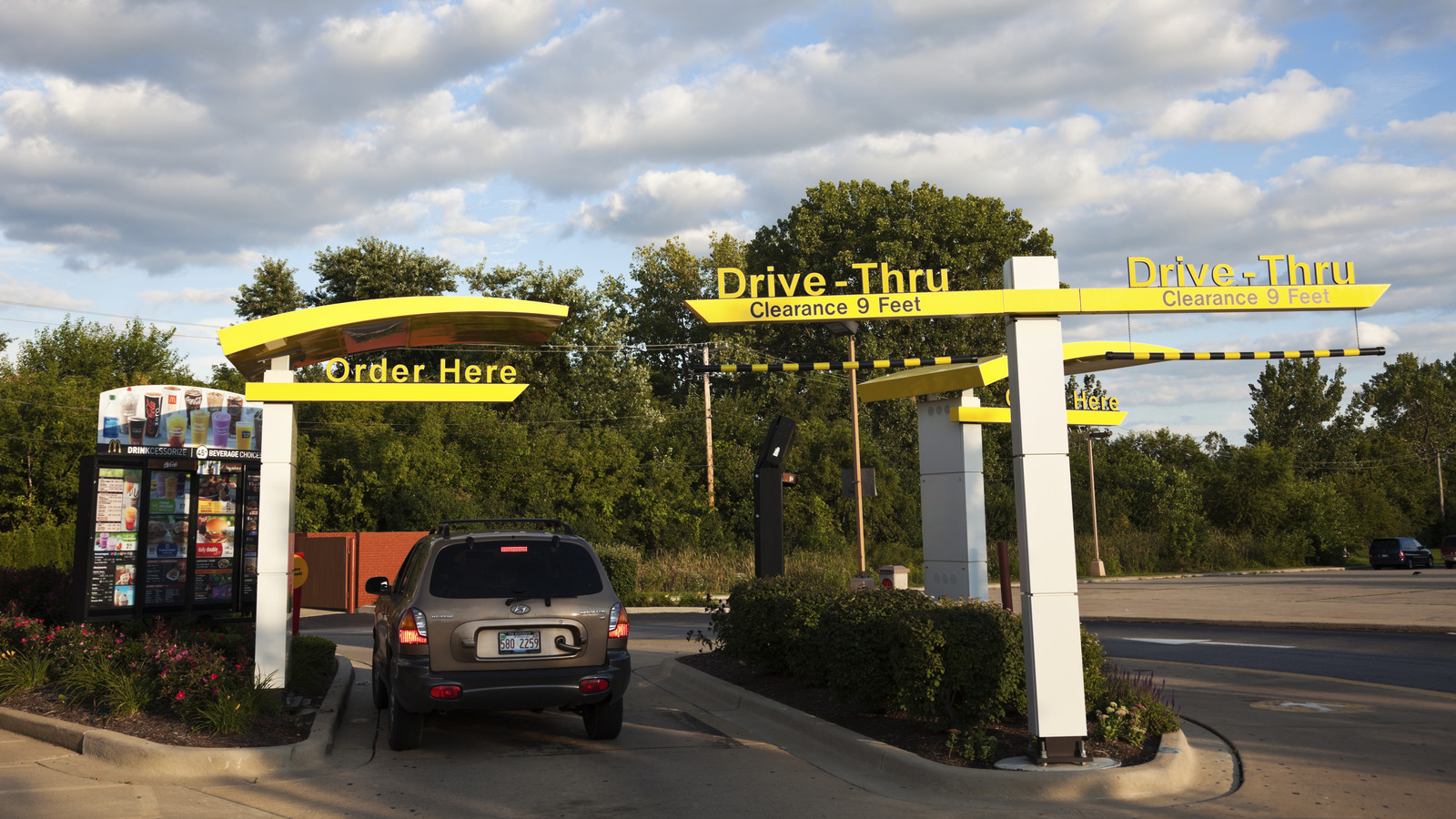McDonald’s hits the brakes on AI Drive-Thru Orders

Since 2021, and in close partnership with Microsoft, McDonald’s has been testing AI chatbots for drive-thru orders in about 100 locations. They just decided to pause this large-scale test. Why? Well, despite trail-blazing advancements with this technology, the small percentage of errors in AI systems has outsized consequences when applied across the vast network of McDonald’s drive-thrus.
The last mile of any given Moore's law
When discussing Moore's law and trying to anticipate a future where a given tech becomes constantly twice as good as it was two years ago, you have to remember that such a law is anything but a law. Any tech acceleration paradigm is simply a consensual construction that the ones who are engineering said tech try to sustain year after year.
And in this game of sustaining Moore's law, although global efficiency might be kept accelerating, there's always a last mile, a last irreducible percentage of things not working well. While we do have this exponential increase in computing power, which has enabled more complex algorithms and deeper neural networks, the final stretch of achieving the last few percent of efficiency remains stubbornly difficult, especially in dynamic and unpredictable environments.
Despite the constant acceleration in the capabilities of self-driving cars, the final stretch of making them safe from 98% of the time to 99.9% is stubbornly resistant to Moore's law.
So, when AI becomes consumer-facing, chatbots are thrown into high-frequency interactions with messy humans, often unclear about what they want from a precisely ordered menu set of items (cough drive-thrus cough); we witness the dreadful impact of the 1.9% lack in precision of AI. Over dozen of thousands of orders a day, the number of AI-generated mistakes at the end of the drive-thru might take 20-30 min to repair reach time for the staff needing to reprepare an order and deliver on foot to a car now parked nearby with mounting frustration from a family not understanding why their trip at McDo's went from a smooth 10 min to a 45 min ordeal.
Obviously, the problem of having the wrong burger in your paper bag is not that huge for society (sorry, Ron), but imagine the same AI chatbot dealing with a hospital hotline or an unemployment office...
Embracing disillusionment
If every technology goes from initial excitement to eventual productivity, AI-driven interactions with customers are now showing its limits more and more. That's good. That's what we need. It's only the initial promise of revolutionizing customer service that has been tempered by real-world challenges that can push the technology into the "Trough of Disillusionment" where we reconnect with rationality.
The question remains though: will AI become reliable enough to get to 99.9% reliability or more? Or will AI be only a tool to augment staff capabilities at managing customers without ever being able to be without a leash? The answer is yes. We now know that AI cannot be trusted at scale, and yet it's still probably only a matter of time before it can be. The real question is: will it take a few more months or more than a decade?
Read more on this:











